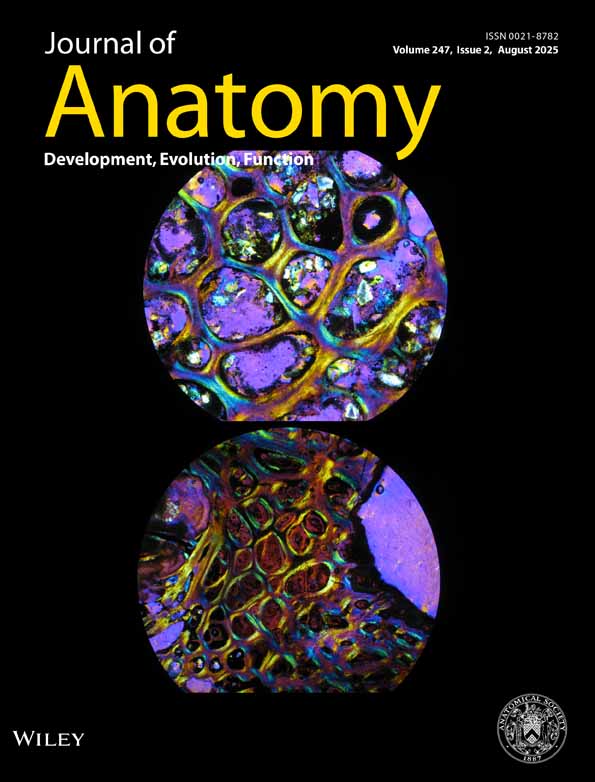Differences between human and mouse alpha-fetoprotein expression during early development
Abstract
Alpha-fetoprotein (AFP) is the major serum protein during development. AFP is one of the earliest proteins to be synthesised by the embryonic liver. The synthesis of AFP decreases dramatically after birth and only trace amounts are expressed in the adult liver. The tissue distribution of AFP in early human embryogenesis has not been defined. We have studied the expression pattern of AFP mRNA in human and mouse embryos by in situ hybridisation. In humans, AFP is expressed in the hepatic diverticulum at 26 d postovulation as it differentiates from the foregut endoderm (i.e. in the most primitive hepatocytes). It is also expressed in the endoderm of the gastrointestinal tract and in the yolk sac at this age. AFP is subsequently expressed in the mesonephros and transiently in the developing pancreas. In the mouse, no expression of AFP was observed in the mesonephros but other sites of expression were similar. Thus AFP has a distinct temporospatial expression pattern during the embryonic period and this differs between human and mouse species. It is interesting that AFP is expressed by tumours such as primitive gastrointestinal, renal cell and pancreatic tumours as well as those of hepatocyte origin. This distribution reflects the sites of AFP expression during development.




